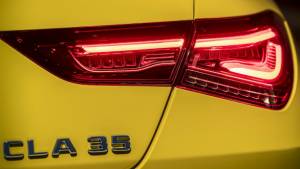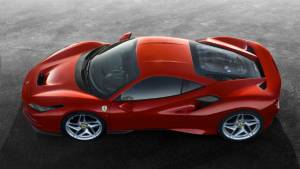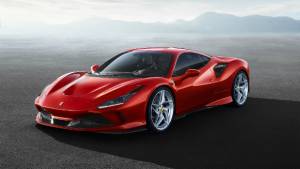2018 Paris Motor Show: Details of 3 India-bound cars
Of all the cars that witnessed their world premiere at the ongoing Paris Motor Show, and there were a few, the ones that caught our attention were the ones that, incidentally, are also coming to India in the near future. The Big Three are well represented in the list, and the all-new models seen are fairly important for the respective manufacturers in the country.

The Audi Q3 no longer enjoys the distinction of being the baby in the Q lineup (that's the Q2 now), and has had to grow up. Enter the second-generation Q3, now bigger and more spacious than before, and with more tech features. Squared off lines show off the Q3's more grown-up appeal, and kinked headlights (with standard LED lighting) lend the crossover much needed aggression. The Q3 on the stand wears trim and wheels that will likely never be seen in India, but they do highlight how much more dynamic the new model looks. It moves to the VW Group's MQB platform, which is lighter, yet it's grown in dimensions. Longer, wider and an added 77mm in wheelbase shows more space inside the cabin, with perceptibly improved kneeroom and shoulder room. The rear seats can also be moved fore and aft, and accordingly luggage space in the boot goes from 530 to 675 litres.
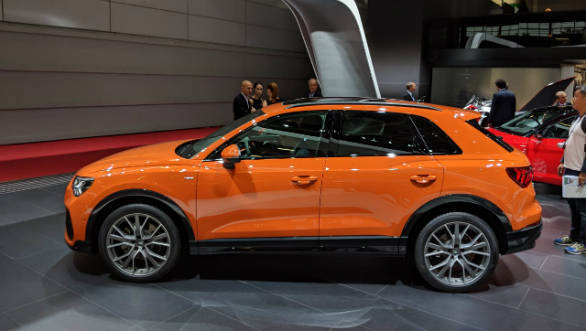
Seated inside the Q3, one notices much nicer materials used, in terms of texture, even if they still are not the softest around. What you can't miss is the switch to full digital instrumentation and the larger 12.3-inch infotainment screen angled towards the driver. Alcantara trim around the cabin is specific to the top line trim, but even without it we believe the new Q3 will be a vastly improved place to be in thanks to an interesting play with different surfaces. The new-gen Q3 will also benefit from the full range of active and passive safety systems which we believe Audi will consider for India, given that Volvo has raised the bar in the segment.

Internationally, engine choices include a 150PS 1.5-litre petrol engine, or 190/230PS 2-litre petrol engines, mated to a six speed manual or a seven speed DCT. The 2-litre diesel is also available in two states of tune, 150PS or 190Ps. For reference, the current Q3 can be had with a 150PS 1.4-litre petrol or a 150/184PS 2-litre diesel engine in India.
BMW 3-Series
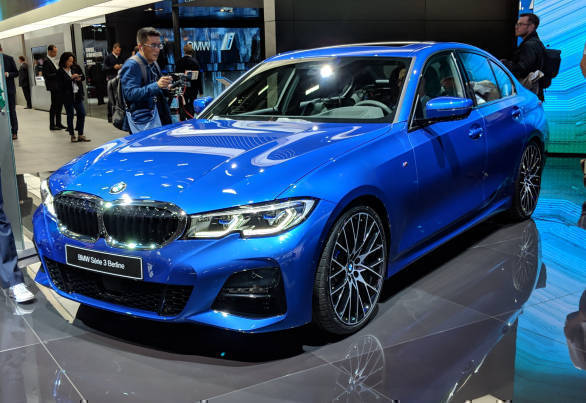
Eagerly awaited and equally keenly hid from prying eyes, the seventh-generation G20 BMW 3-Series premiered to the world at Paris. It also premiered BMW's new 'Precision and Poetry' design language.From the wide kidney grilles, leading into headlamps that stretch into the fenders, it could very well be mistaken for the G30 5-Series! Except for the very distinctive shark-tooth cutouts in the headlights, and the slim L-shaped tail lights.

The trademark Hofmeister kink in the C-pillar is actually not really a part of the C-pillar any more. The typical BMW element now uses dark coloured bits on the door to emphasise the lines in the bodywork. It's more slippery too, with active aero elements helping it achieve a drag co-efficient of just 0.23Cd. The new 3-Series moves to the aluminium intensive CLAR-platform, and despite being 85mm longer, 16mm wider and with a 41mm stretch in wheelbase, weighs in 55kg lighter than the outgoing model. It's also said to be 50 per cent stiffer than before, with a perfect 50:50 weight distribution. So we can definitely expect more sporty driving dynamics from the 3-Series.
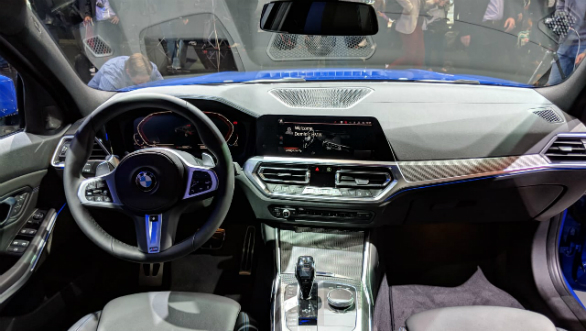
We were also very impressed by just how good the cabin on the new 3-Series felt with a simple dash and an interplay of textures and surfaces and detailing. Especially, with the knurling for the air-conditioning vents. It still feels driver-focussed though, with crisp all-digital dials displayed on a huge 12.3-inch screen, and the Sense infotainment screen largely integrated into the flow of the dash, with gesture control and a Google Assistant-like assistant. At launch internationally, there will be one 258PS 2-litre petrol engine and two diesel engines a 2-litre producing 190PS and a 3-litre six-cylinder making 267PS.
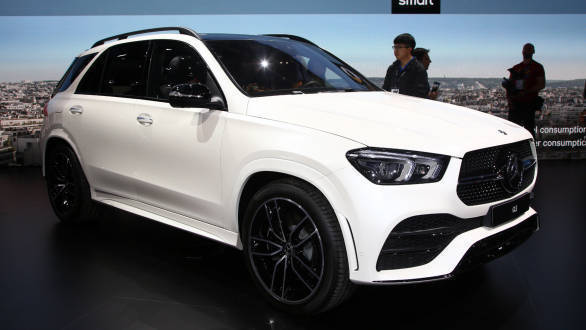
What started as the M-Class, pioneering the luxury SUV segment, is now its fourth-generation. Except, thanks to a change in nomenclature, it's technically the second-generation GLE. And it's new from the ground up, with an 80mm extension in wheelbase for more room than ever before and an added third row of seats.

Visually, it doesn't seem like length has been added since the GLE adopts Mercedes' new design language, and gets a wider, more hunkered down look for it. Sleek lights, reprofiled bumpers and a vanishing D-pillar all come together to make the GLE look a great deal more compact than its dimensions. Mercedes claim it's more slippery too with a drag co-efficient of just 0.29Cd.
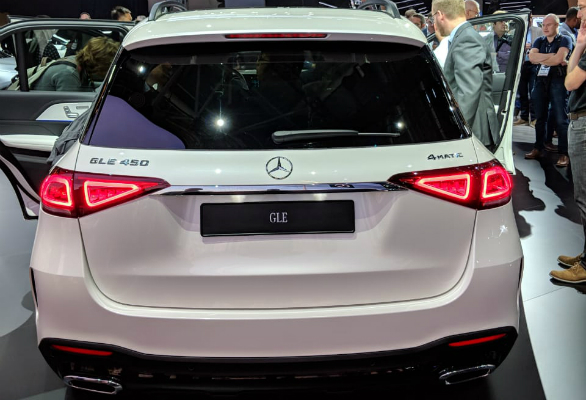
But inside it is where the major transformation is exhibiting a clean, layered design to the dash with two 12.3-inch screens side-by-side, like on the S-Class. It debuts a new and improved Mercedes Benz User Experience, which allows for an extremely intuitive experience, which highlights sections of the screen as you reach for them.
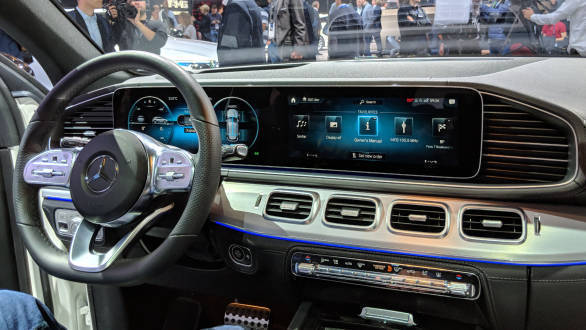
Under its skin, the GLE debuts E-Active Body Control, part of its new air suspension system, which can alter spring and damper rates individually at each wheel which allows for self-leveling capabilities while cornering, or over bad roads. It's an even more advanced version of what's available on the S-Class. The GLE also debuts an inline six-cylinder petrol, with 367PS and 500Nm of torque.
Starts Rs 32.48 Lakhs
1968cc
Automatic
150
380
15.17 Kmpl
Starts Rs 73.7 Lakhs
2925cc
Automatic
245
700
-NA-
